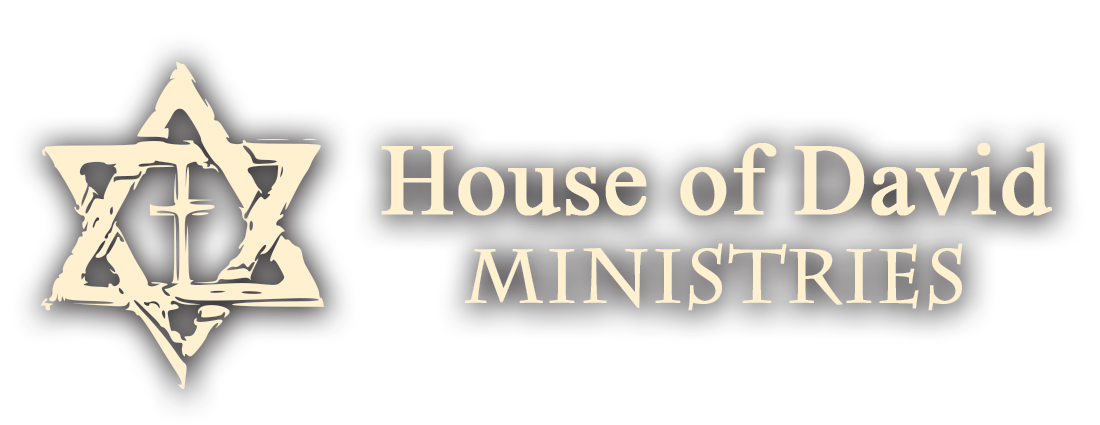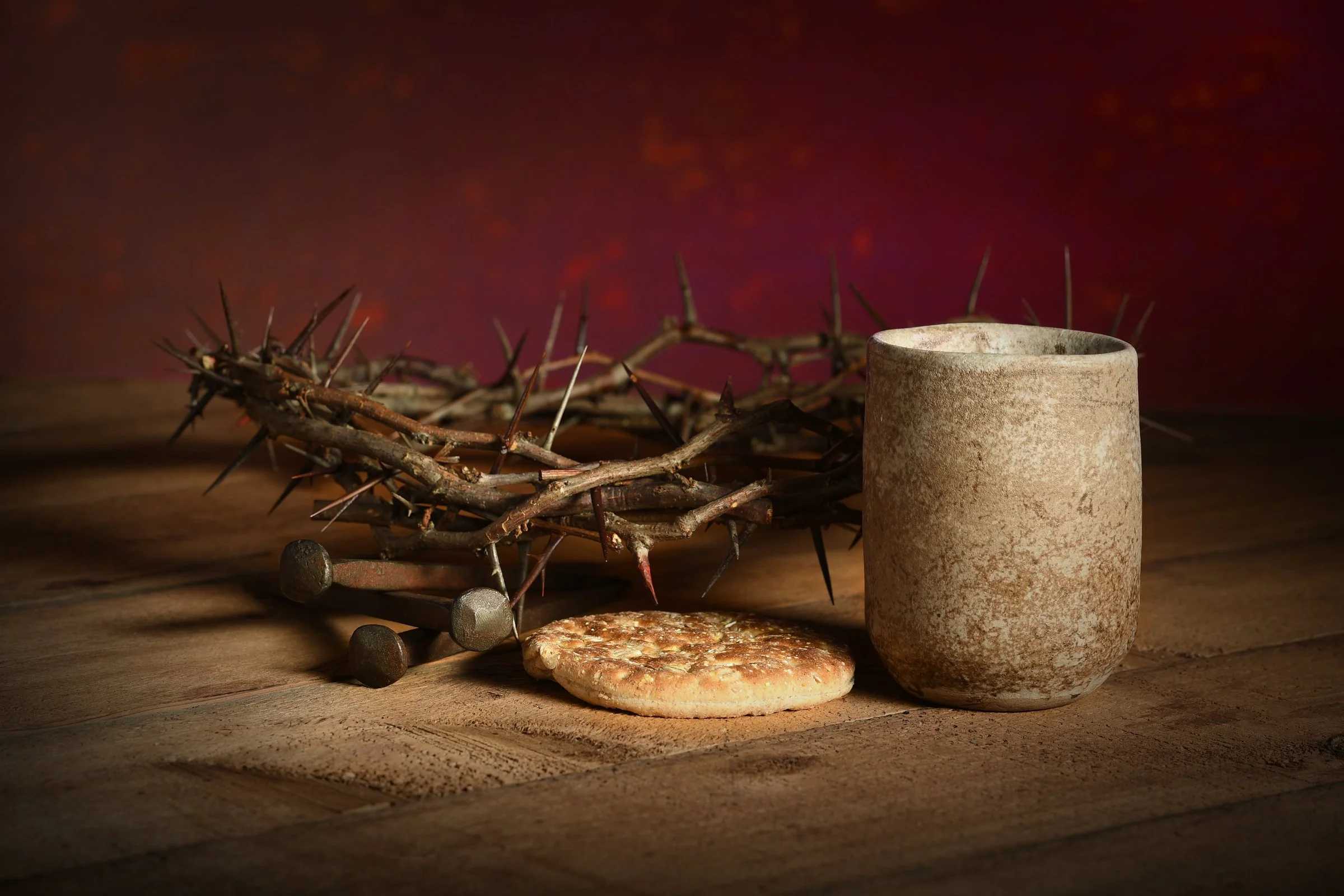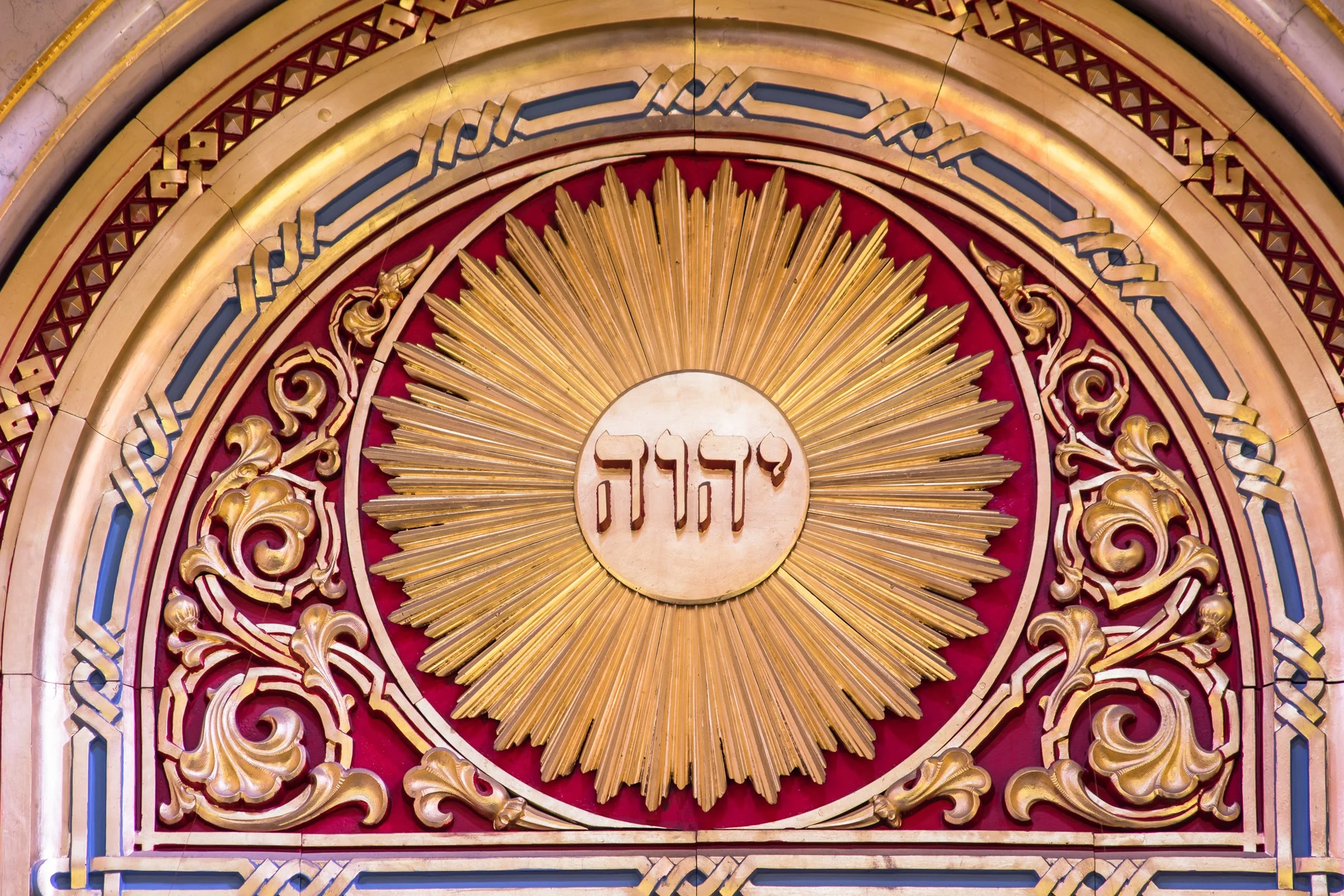“And the Word became flesh and dwelt among us, and we beheld His glory, the glory as of the only begotten of the Father, full of grace and truth” (John 1:14, NKJV). This is probably one of the most popular verses in the New Testament, clearly pointing to Yeshua as the Divine Messiah; God in human form, manifest and revealed to the creation. However, what exactly did the Apostle John mean when he said, the word became flesh? In a general sense, the word is the bible. So, how does paper or parchment turn into living flesh? I think there more to understand here.
The Tabernacle of Moses
A number of years ago I was asked to prepare a teaching on the Tabernacle of Moses—the Mishkan. I had read the endless narratives in the Torah many times where each part of the Tabernacle, meticulously detailed by the Lord, commanded the Israelites to only build a copy of the heavenly image. I had visited several life-size displays, one recently in Pennsylvania, but none revealed anything of particular magnificence. Even its size looked rather underwhelming—a small tent perched in the desert surrounded by miles of barren wilderness. From a near distance the structure would have been hardly noticeable.
The Name of God—YHVH
God's name is the most frequently used noun in the Hebrew Bible, occurring over 6,800 times. It is spelled with only four consonants: Yud, Hey, Vav, Hey (יְהוָה), and is called the “Four-Letter” name of God, or the “Tetragrammaton” in Greek. This is God’s written name because He is the Word of God, and we know that Yeshua is the word of God who came in human form. In other words, God’s written word came to life. Hence, the “word became flesh.”




